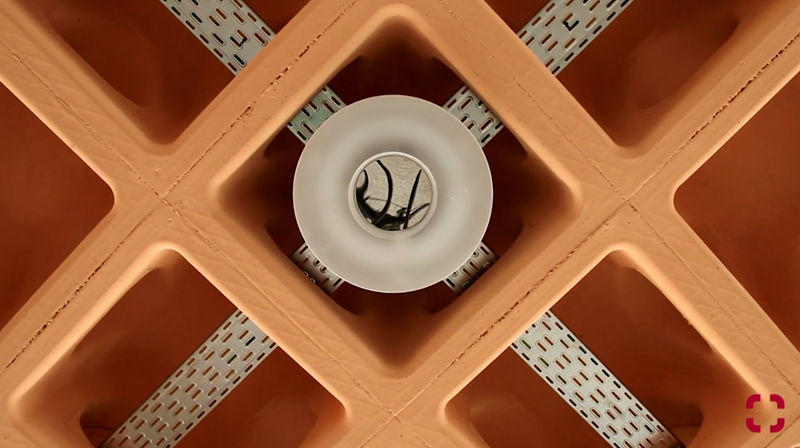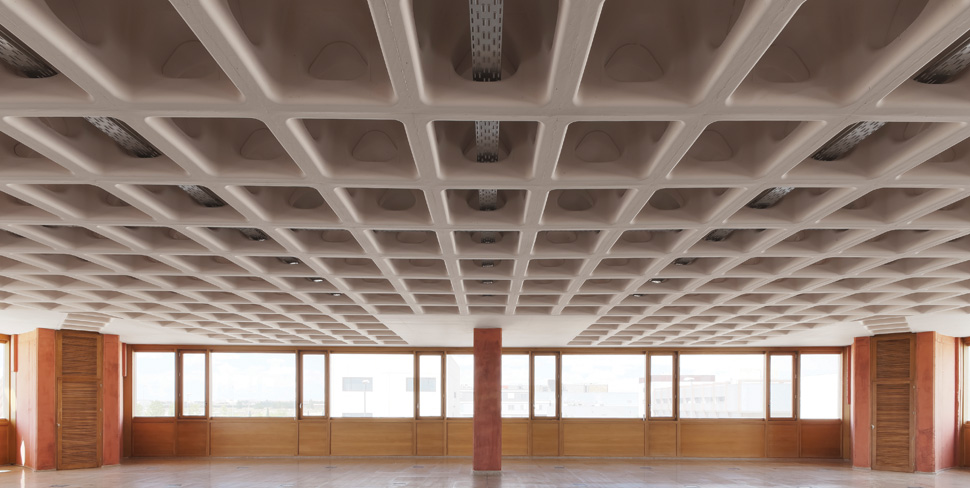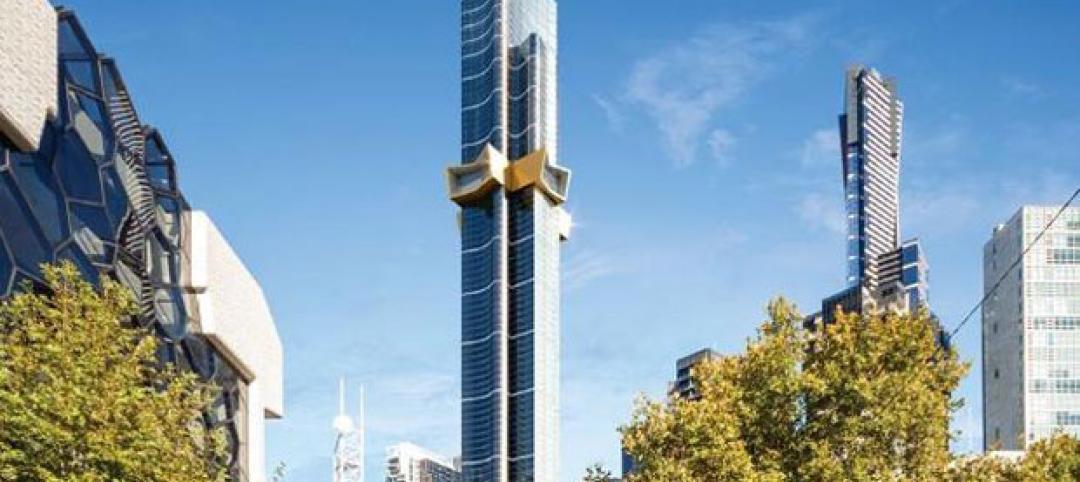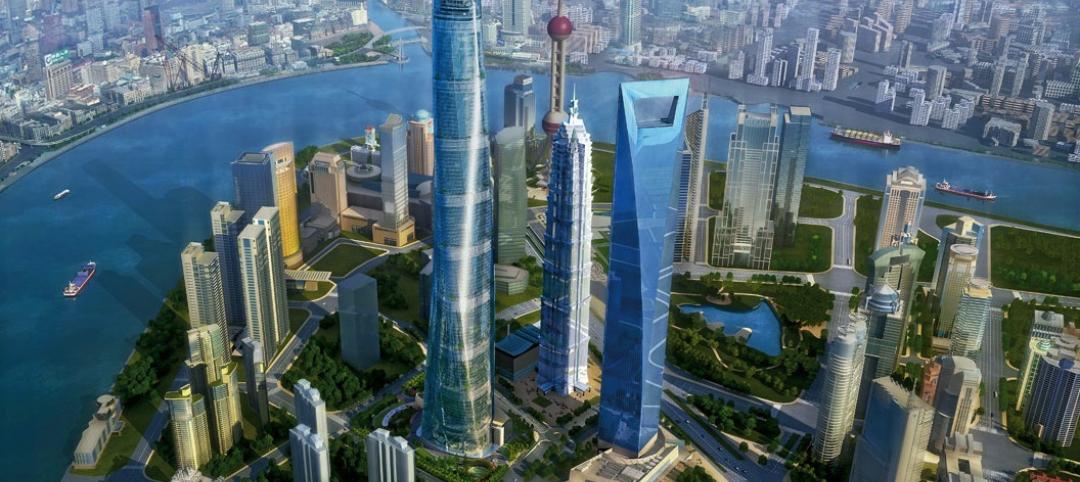The Council on Tall Buildings and Urban Habitat named the winners and finalists of its annual Performance and Innovation Awards
Based on judgment by a prestigious panel of experts, Chiefly Tower in Sydney, Australia snagged this year’s Performance Award, while the Innovation Award went to Spanish manufacturer Holedeck.
Take a look at a more in-depth profile of the winning innovations, as well as a list of the finalists:
Performance Winner
Chiefly Tower, Sydney, Australia
Kohn Pedersen Fox Associates (Architects)
WSP Flack + Kurtz (SE)

The 801-foot tower in downtown Sydney was originally completed in 1992, with 1980s technology. An overhaul was commenced in 2008, where the tower’s key building systems and services were updated to achieve a 4.5 star NABERS Energy Rating.
The CTBUH reports that the project realized a savings of 55 percent in electricity consumption, and reduced its greenhouse gas emissions by 55 percent as well.
Because of all these changes, it was given the Performance Award, which recognizes buildings “that have the least environment impact on the urban realm using measured data,” the CTBUH says, adding that “it is increasingly being recognized that the industry needs to focus on actual ‘performance’ rather than ‘best intentions.’”
“The Technical Awards Jury applauded the efforts to update the energy efficiency of this aging building, both to keep the building competitive with newer structures, as well as addressing critical issues surrounding climate change,” CTBUH says in a statement.
“In a sense, the project gave a ‘new and better life’ to an old asset that was growing less competitive in the market place,” added Ashok Raiji, CTBUH Technical Awards juror and Principal and Mechanical Engineer at Arup.
Innovation Award
HOLEDECK
 Photo courtesy Holedeck via Vimeo
Photo courtesy Holedeck via Vimeo
The system of voided concrete slabs by the eponymous Spanish manufacturer can be pierced through their thickness by electrical and plumbing systems, which drastically reduces the vertical space needed to house these components.
Reducing the necessary height of each floor also means fewer materials are required to achieve the same floor area as a typical high rise building.
As a result, the system was recognized with the Innovation Award, which focuses on “one special area of innovation within the design construction, or operation of the project, not the building overall,” CTBUH says in a statement.
“Holedeck is a simple and elegant way of creating coffer slabs, with holes in the webs. It overcomes one of the main obstacles to the use of coffer slabs, which is that all services usually have to run below the slab rather than in it. It appears to be particularly suitable for light weight long-span floors or where architects and engineers are interested in making better use of the thermal mass of a concrete coffer slab,” noted Technical Awards Jury Chair and Director, Engineering Excellence Group of Laing O’Rourke David Scott. “The jury felt that some of the best innovations come from simple ideas and HOLEDECK could re-energize this form of construction.”
Finalists
Other projects and products that made it to the final round of judging were:
• Façade Access Equipment by Lee Herzog Façade Access Constulting for its work on the Burj Khalifa
Related Stories
| Jan 20, 2015
Avery Associates unveils plans for London's second-tallest tower
The 270-meter tower, dubbed the No. 1 Undershaft, will stand next to the city's "Cheesegrater" building.
| Jan 13, 2015
A new record: 97 buildings taller than 200 meters completed in 2014
Last year was a record-breaking year for high-rise construction, with 97 tall buildings completed worldwide, including 11 "supertalls," according to a new report from the Council on Tall Buildings and Urban Habitat.
| Jan 9, 2015
Technology and media tenants, not financial companies, fill up One World Trade Center
The financial sector has almost no presence in the new tower, with creative and media companies, such as magazine publisher Conde Nast, dominating the vast majority of leased space.
| Dec 28, 2014
Robots, drones, and printed buildings: The promise of automated construction
Building Teams across the globe are employing advanced robotics to simplify what is inherently a complex, messy process—construction.
| Dec 27, 2014
'Core-first' construction technique cuts costs, saves time on NYC high-rise project
When Plaza Construction first introduced the concept of "core first" in managing the construction of a major office building, the procedure of pouring concrete prior to erecting a steel frame had never been done in New York City.
| Dec 22, 2014
Studio Gang to design Chicago’s third-tallest skyscraper
The first U.S. real-estate investment by The Wanda Group, owned by China’s richest man, will be an 88-story, 1,148-ft-tall mixed-use tower designed by Jeanne Gang.
| Dec 18, 2014
11 new highs for tall buildings: CTBUH recaps the year's top moments in skyscraper construction
The Council on Tall Buildings and Urban Habitat cherrypicked the top moments from 2014, including a record concrete pour, a cautionary note about high-rise development, and two men's daring feat.
| Dec 17, 2014
11 predictions for high-rise construction in 2015
In its annual forecast, the Council on Tall Buildings and Urban Habitat predicts that 2015 will be the "Year of the Woodscraper," and that New York’s troubled B2 modular high-rise project will get back on track.
| Dec 16, 2014
'Wedding dress' tower to be tallest in Africa
The $1 billion tower will have 114 stories, alluding to the 114 chapters of the Koran.
| Dec 16, 2014
Architect Eli Attia sues Google over tall building technology
Attia and tech company Max Sound Corp. have brought a lawsuit against Google because of Flux, a Google X-developed startup launched in 2014. Flux creates software to design environmentally-friendly buildings in a cost-effective way.















